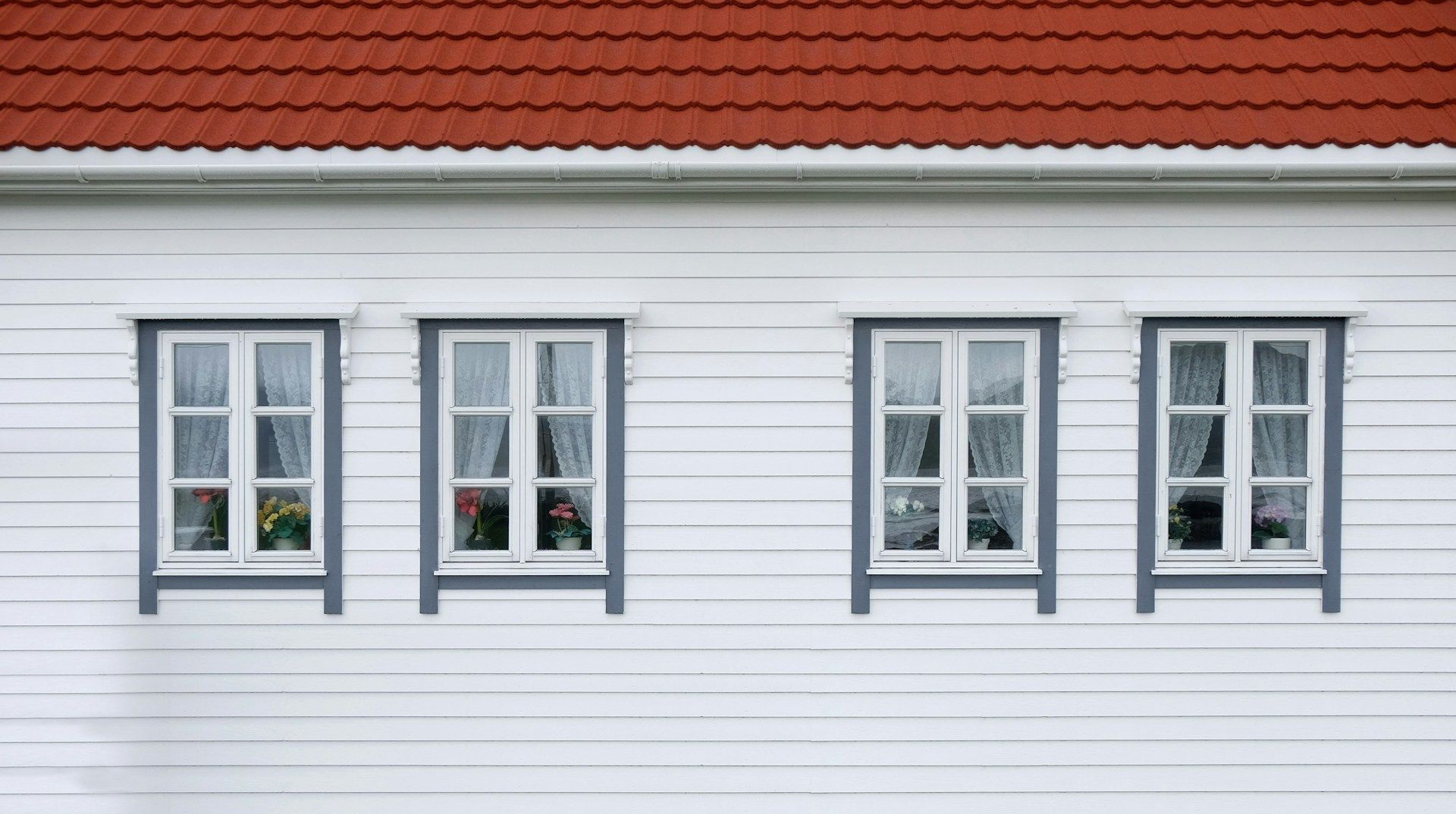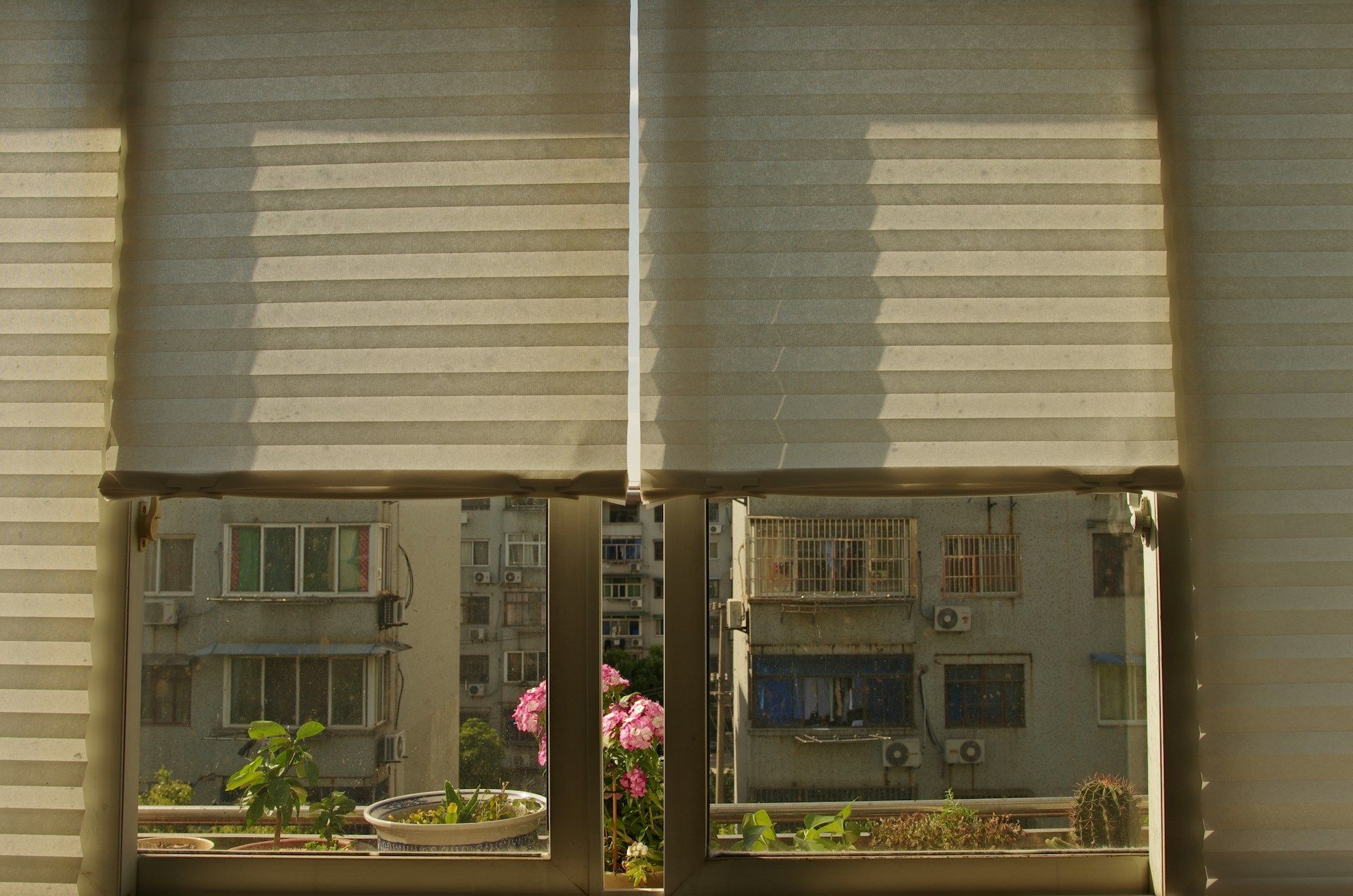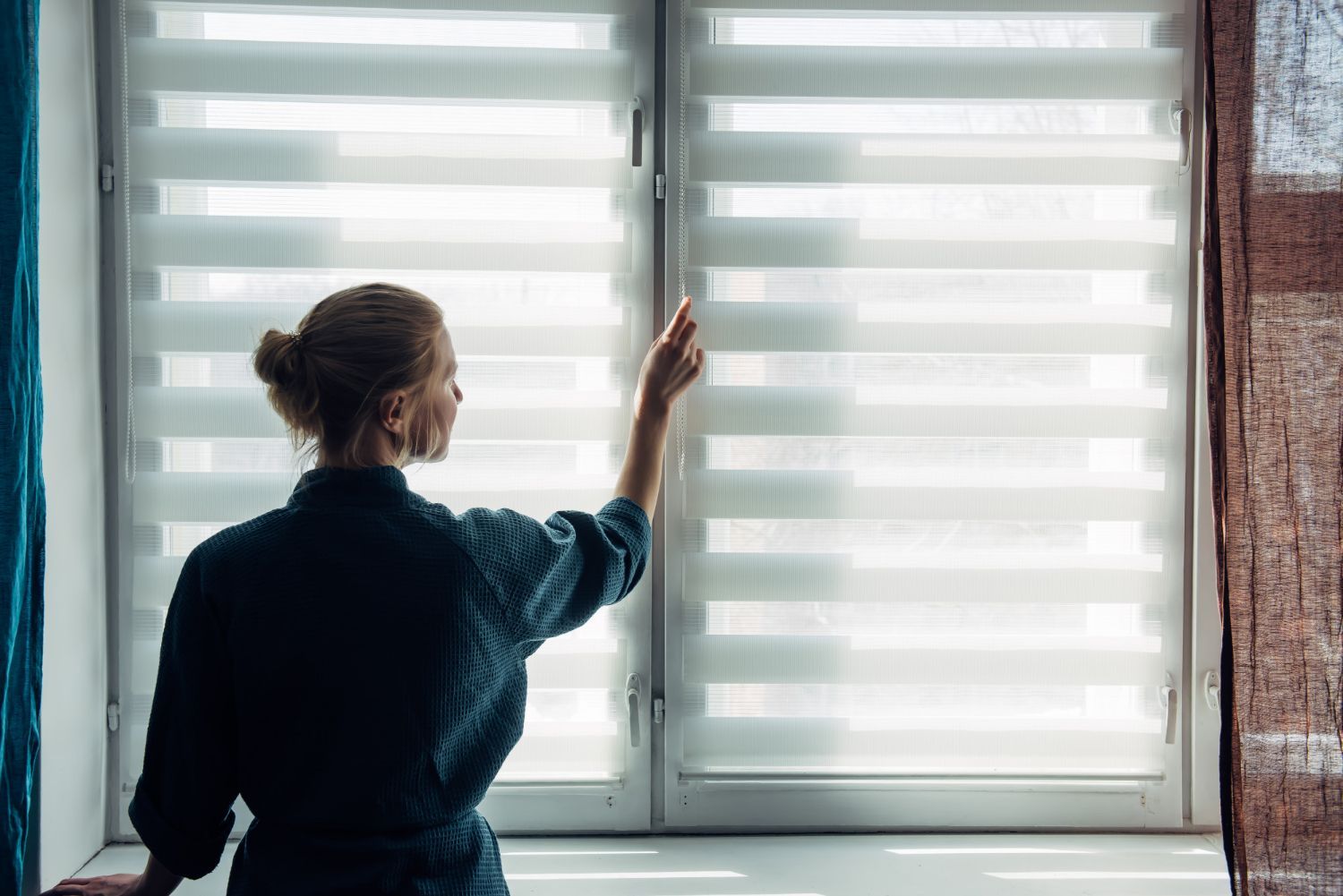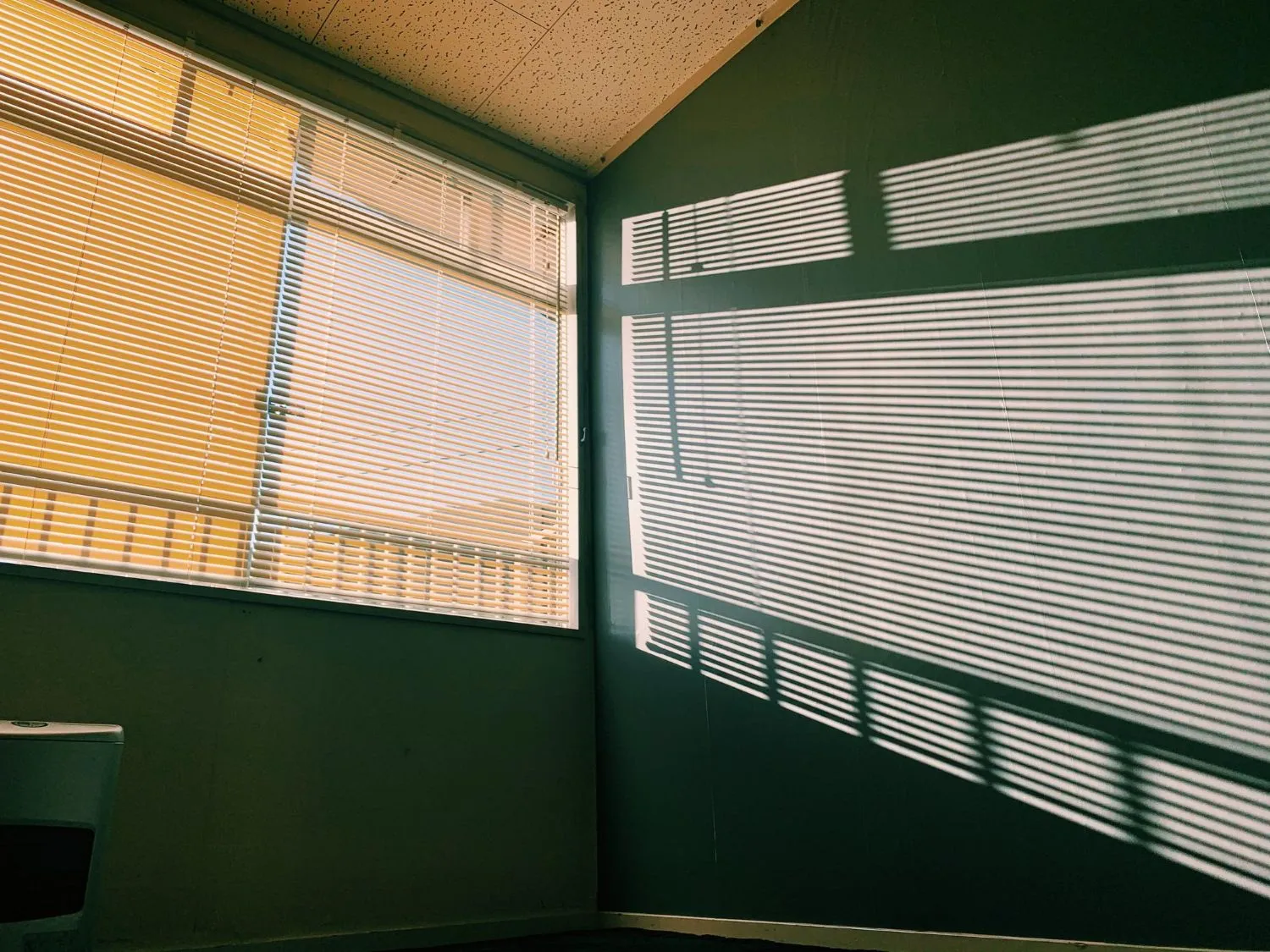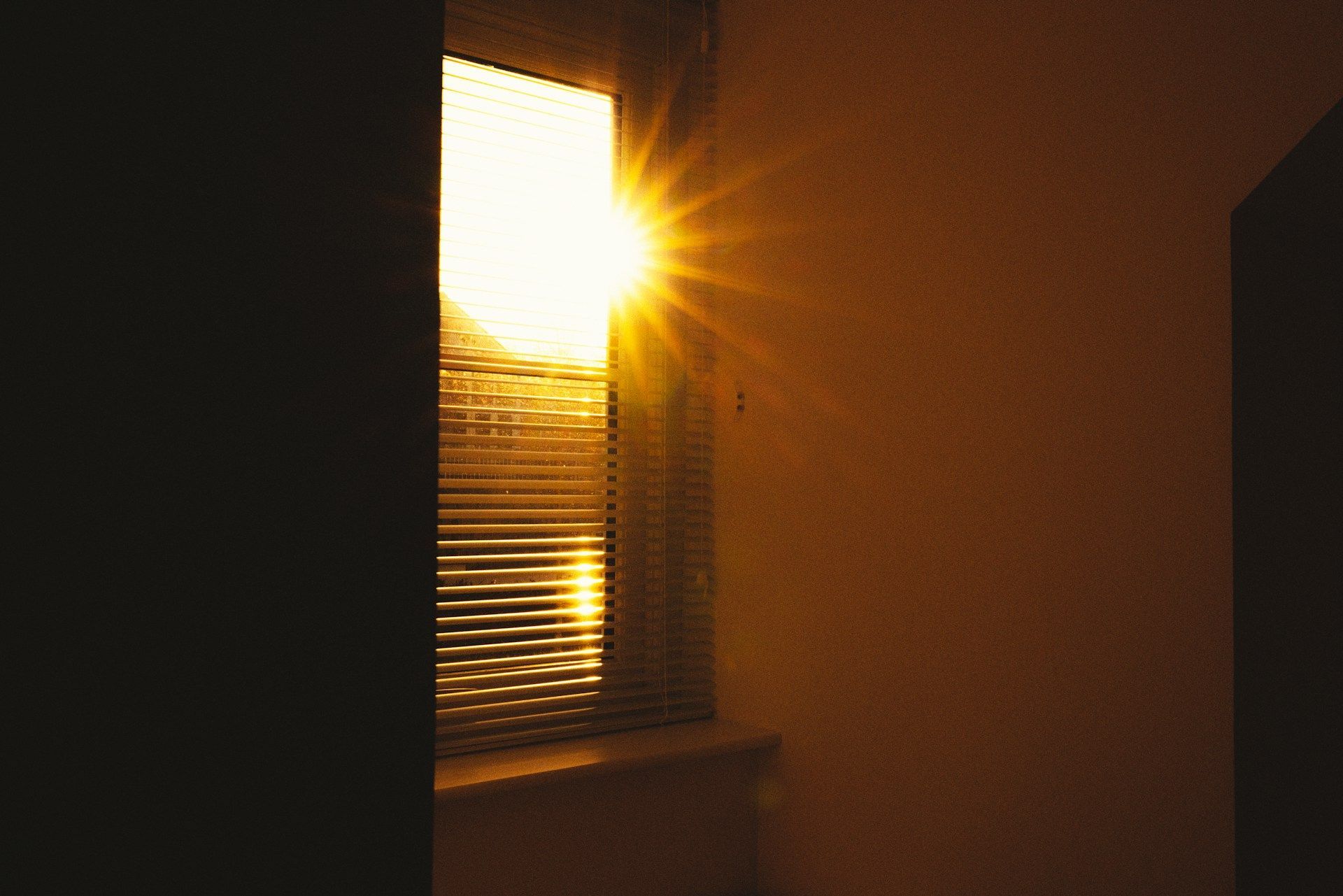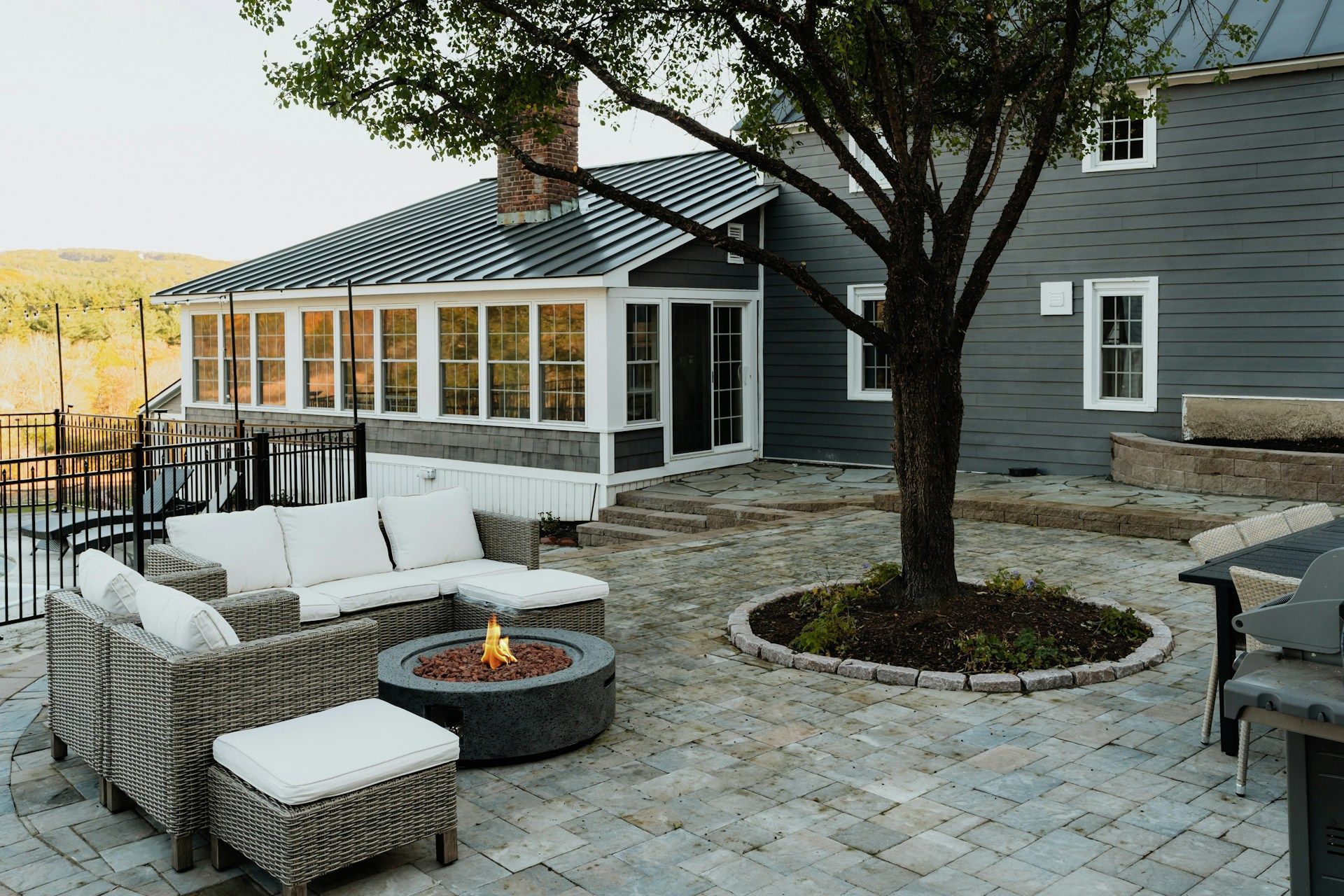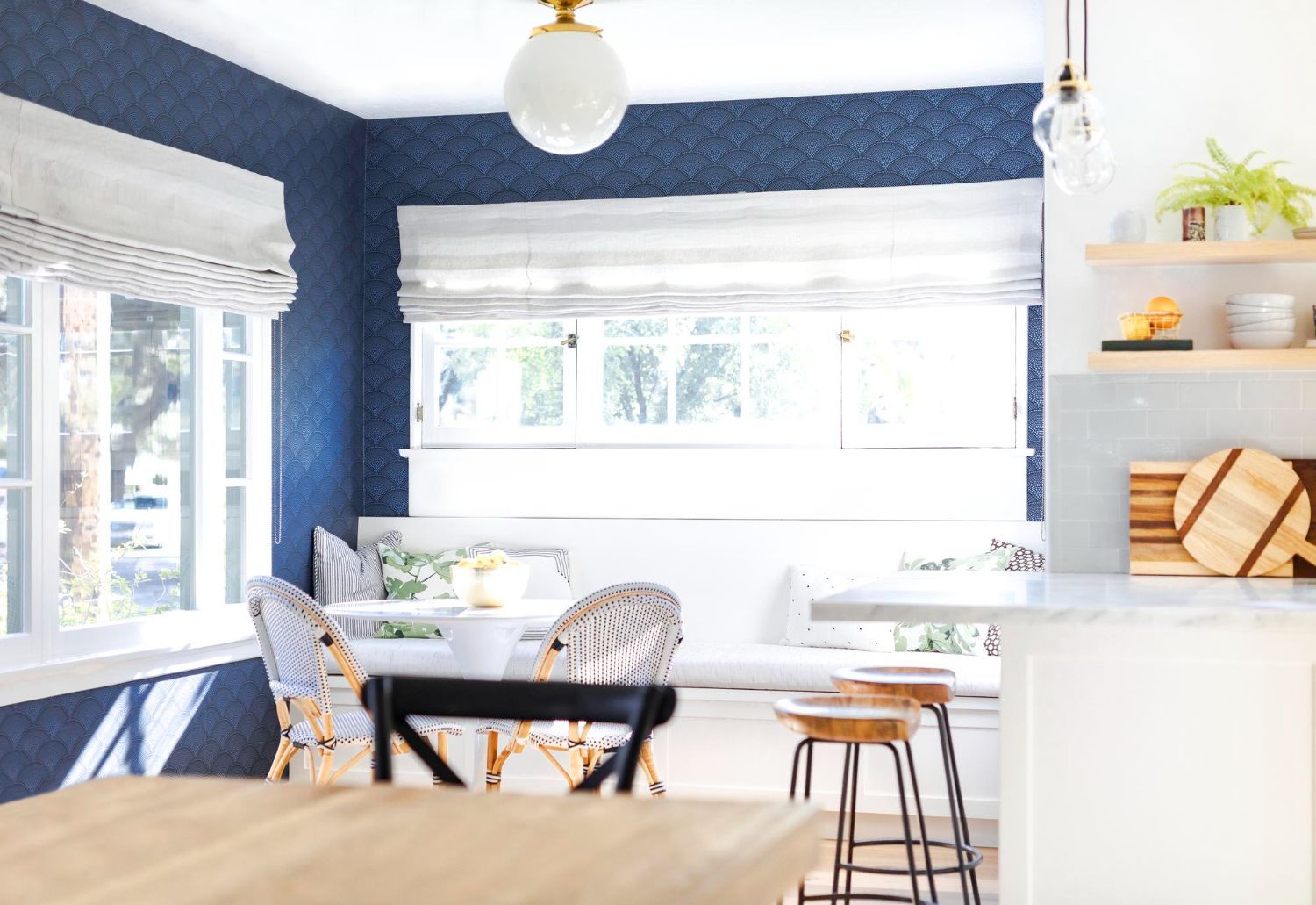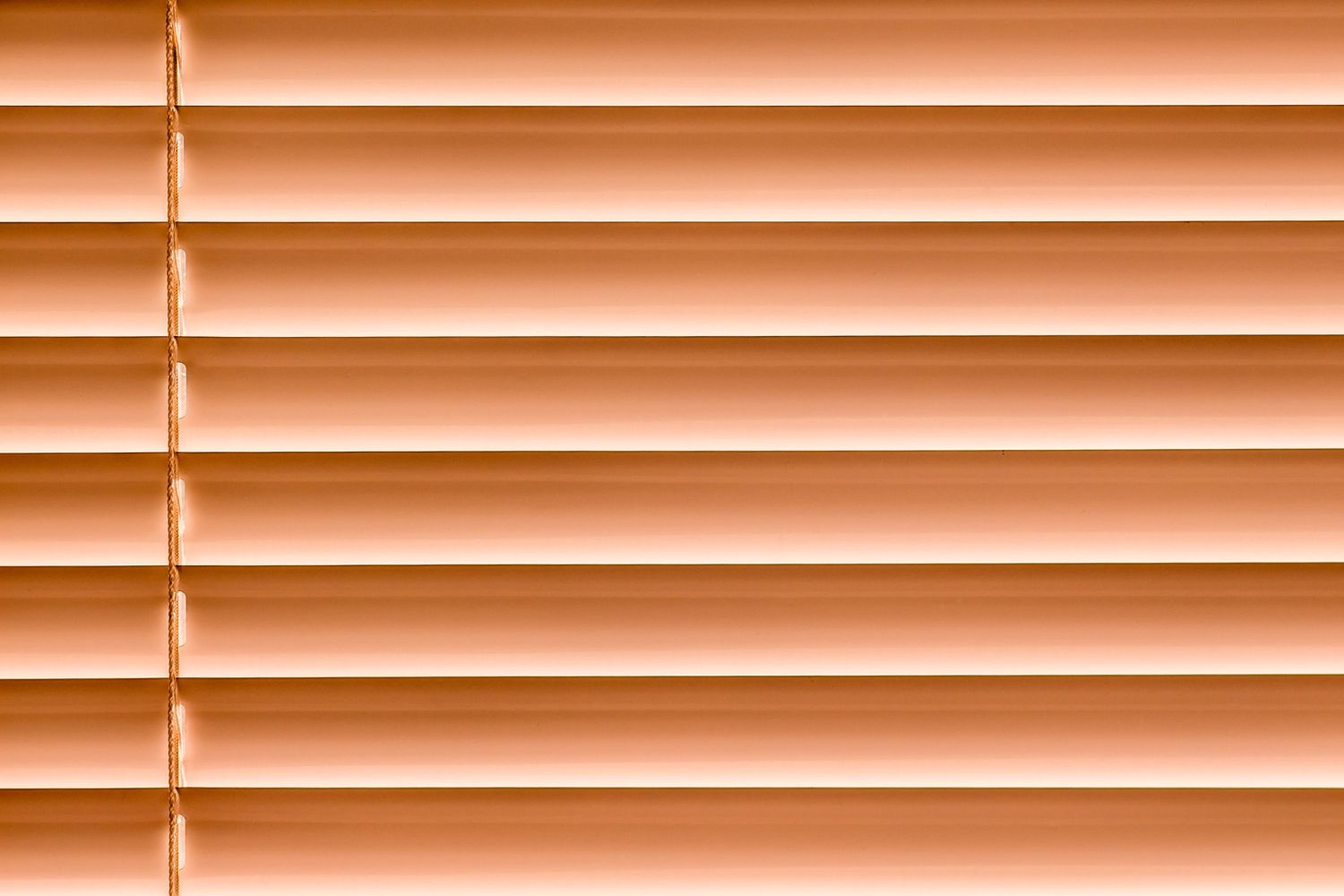Blinds vs. Shades: How to Choose the Best Option for Your Space
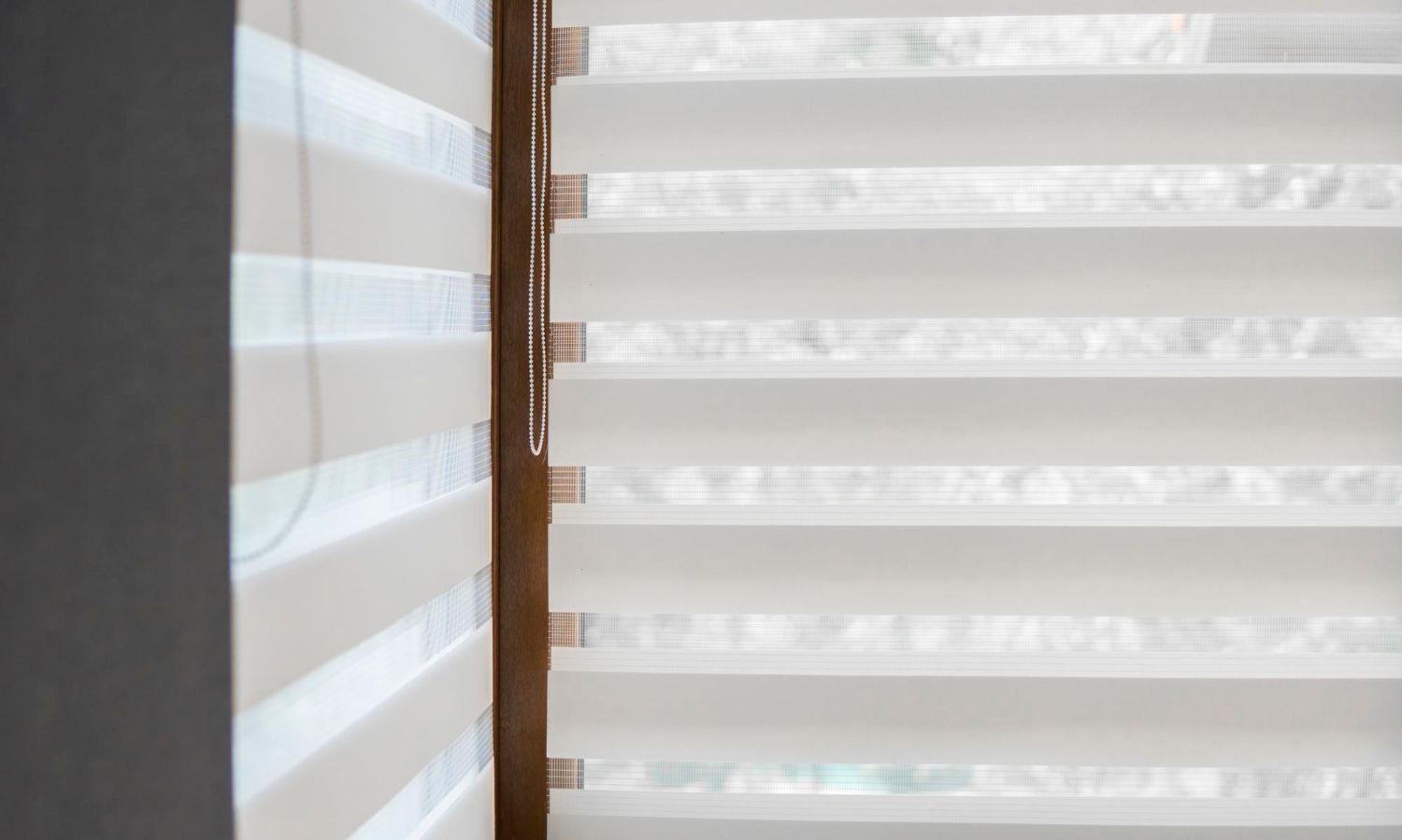
When it comes to window treatments, choosing between blinds and shades can feel like a big decision. Both options offer their own set of benefits and can change the look and functionality of a room. The right choice largely depends on your personal needs and style preferences. By understanding the differences and evaluating the pros and cons of each, you can make a more informed decision for your home.
Blinds and shades provide different levels of light control and privacy. Blinds are made of individual slats that can be tilted to control the amount of light coming in. This feature also allows you to maintain privacy while still letting in some natural light. On the other hand, shades are made of a continuous piece of fabric that can be adjusted up or down. They offer a softer look and come in a variety of fabrics and styles to suit various decorating themes.
Understanding the Differences Between Blinds and Shades
Blinds and shades may seem similar, but they have distinct differences. Blinds consist of individual slats made from materials like wood, faux wood, aluminum, or vinyl. You can tilt these slats to control light and privacy. This makes blinds very flexible. You can adjust them to let in some light while keeping prying eyes out, or you can close them completely for total privacy.
Shades, on the other hand, are made from a single piece of material. They come in various fabrics, including sheer, blackout, and everything in between. Unlike blinds, shades can be pulled up or down but don’t offer the tilting feature. This means you can only adjust the level of light by raising or lowering the entire shade. Shades are often chosen for their softer look and the wide variety of textures and designs available.
The main difference lies in their operation and appearance. Blinds offer more precise light control, but shades provide a more streamlined look. Both have their unique charm and can make a big impact on your room’s atmosphere. Understanding these differences can help you decide which is more suitable for your needs.
Pros and Cons of Blinds
Blinds have their strengths and weaknesses, which are important to consider. Here's a closer look at the pros and cons:
Pros of Blinds:
1. Light Control: The slats can be tilted to allow for precise light control. You can easily adjust them to let in as much or as little light as you want.
2. Durability: Blinds made from materials like wood, faux wood, or aluminum are very durable and can last for many years.
3. Easy to Clean: Blinds are relatively easy to clean. Dusting or wiping down each slat with a cloth can keep them looking good.
4. Variety: Available in many materials, colors, and finishes, they can match almost any décor.
Cons of Blinds:
1. Appearance: Some people find the structure of blinds too rigid for rooms that need a softer, cozier look.
2. Noise: Blinds can make noise if the wind blows through an open window. The slats may rattle, which can be annoying.
3. Operational Hassle: While they offer great light control, adjusting each slat can be a bit of a hassle compared to the simple pull mechanism of shades.
Understanding these pros and cons can help you decide if blinds meet your needs for style, functionality, and convenience. They offer excellent light control and durability but may not be the best fit if you prefer a softer look for your space.
Pros and Cons of Shades
Shades also come with their own set of advantages and limitations. Let’s dive into the pros and cons of shades:
Pros of Shades:
1. Aesthetics: Shades offer a softer, more elegant look. They come in a variety of fabrics, colors, and patterns, making them versatile for any décor style.
2. Energy Efficiency: Cellular shades, for example, provide excellent insulation by trapping air in their honeycomb structure. This helps keep your home warmer in winter and cooler in summer.
3. Light Filtering: Shades can be made from materials that filter light gently, reducing glare while still allowing natural light to illuminate the room.
4. Easy Operation: Shades typically operate with a simple pull mechanism, which makes them easy to open and close.
Cons of Shades:
1. Limited Light Control: Unlike blinds, shades don’t offer the ability to tilt or adjust slats. You can only raise or lower them, which limits your control over light levels.
2. Maintenance: Some shade materials can be harder to clean and may require special handling. This can make maintenance a bit more complicated.
3. Durability: While sturdy, certain fabrics used in shades can be more prone to wear and tear over time compared to the materials used in blinds.
Evaluating these pros and cons can help you determine if shades align with your needs for both function and style. Their aesthetic appeal and energy efficiency are strong selling points, but think about the maintenance and light control aspects as well.
Factors to Consider When Choosing for Your Space
When deciding between blinds and shades, several factors can help you make the best choice for your space. Here are some important things to consider:
1. Light Control and Privacy: Think about how much light control and privacy you need. Blinds allow for precise adjustments with their tilting slats, making them ideal for rooms where you need fine-tuned light control and privacy. Shades, however, offer a more unified look but less flexibility in light control.
2. Room Function: The purpose of the room plays a big role in choosing the right window treatment. For instance, in bedrooms, shades like blackout cellular shades can provide good insulation and block out light for better sleep. In kitchens and bathrooms, where durability and easy cleaning are essential, water-resistant blinds might be a better choice.
3. Aesthetic Appeal: Consider your home’s décor. Shades offer a softer, more elegant look and come in a wide range of fabrics and colors. Blinds provide a more structured look and are available in materials like wood, faux wood, and aluminum, which can complement different interior styles.
4. Budget: Your budget will also influence your decision. Blinds and shades come in a range of prices, so consider what you’re willing to spend. Keep in mind that certain types of shades, like motorized options or custom fabrics, may be more expensive, while basic blinds might be more budget-friendly.
5. Energy Efficiency: If energy savings are important to you, consider the insulating properties of cellular shades. They trap air in their cells, helping to regulate indoor temperatures and potentially lowering your energy bills.
By considering these factors, you can make a more informed decision that fits your specific needs and complements your home’s style.
Conclusion
Deciding between blinds and shades ultimately depends on your personal preferences and the specific needs of your space. Blinds offer excellent light control and durability, making them a practical choice for many rooms. Shades provide a softer look and can enhance energy efficiency, adding both style and functionality to your windows.
Understanding the differences, pros, and cons of each option can help you make the best choice. Think about factors like light control, room function, aesthetic appeal, budget, and energy efficiency before making a decision. Both blinds and shades have unique advantages, so consider what features are most important to you and how they align with your home's needs.
Ready to enhance your windows with stylish and functional solutions? Custom Shutters of Wilmington provides a diverse range of
blinds, shutters, and shades to suit your needs. Contact us today to find the perfect fit for your home and elevate your living space.

Discover the best in quality and design with Custom Shutters of Wilmington. Offering a diverse range of plantation shutters, shades, and blinds in Wilmington, NC.
Quick Links
All Rights Reserved | Custom Shutters of Wilmington
Website Designed & Managed by Real SEO Proof


